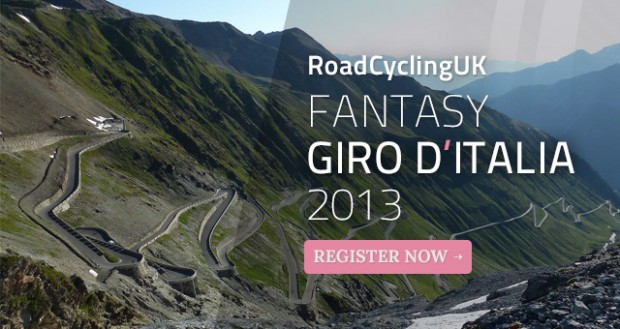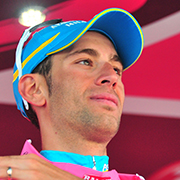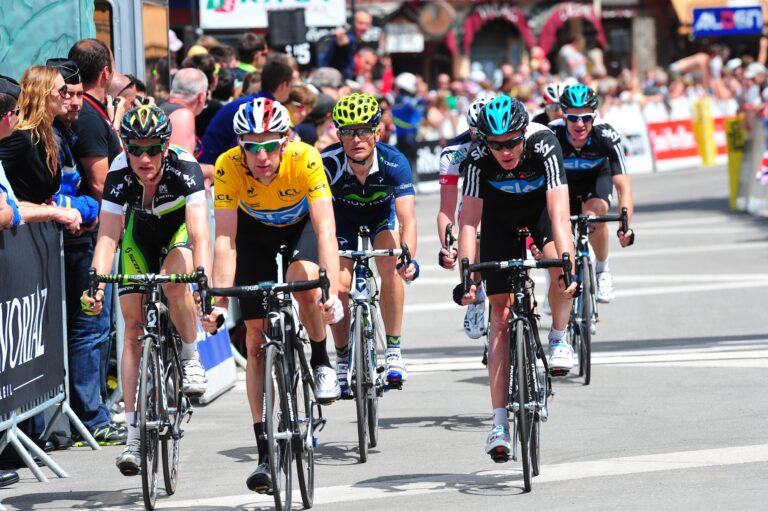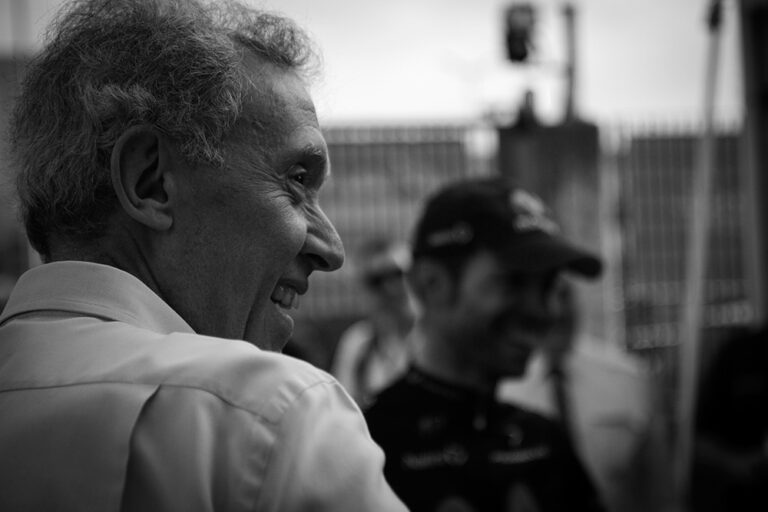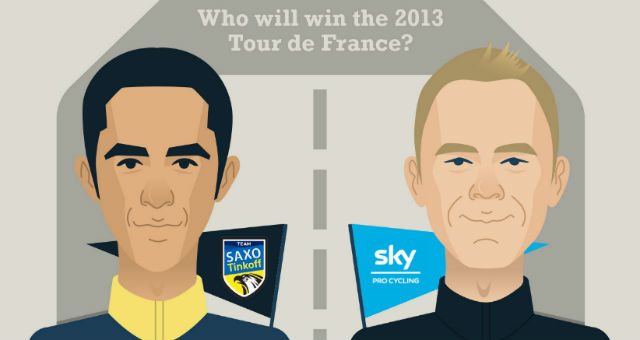Bradley Wiggins and Vincenzo Nibali go into the Giro d’Italia as outright favourites for the title but a Grand Tour is rarely as simple as a two-horse race.

The Giro d’Italia has been dominated by home riders in recent years – an Italian rider won every year from 1997 to 2007 – but this year’s edition has a distinctly international flavour and will see one of the best ever fields contest the corsa rosa.
It’s a star-studded start sheet, with the reigning Tour de France winner (Wiggins), a bona fide home favourite (Nibali) and the defending champion (Ryder Hesjedal) all set to roll out of Naples on Saturday.

Bradley Wiggins (Team Sky)
Bradley Wiggins’ low-key preparation for the Giro d’Italia has been in stark contrast to the remarkable winning run which preceded his Tour de France triumph. Wiggins rode from the front in 2012, winning Paris-Nice, the Tour de Romandie and the Criterium du Dauphine before becoming the first Briton to win the Tour. Fast forward to 2013 and Wiggins has completed just three stages races (the Tour of Oman, Volta a Catalunya and Giro del Trentino) and is without a win.
But that’s not a fair indicator of form. Wiggins matched his biggest rival for the Giro d’Italia title, Vincenzo Nibali (Astana), on the first summit finish of last month’s Giro del Trentino last month, but an ill-timed mechanical denied us a second showdown on the final summit finish. Nibali went on to win the stage and Wiggins finished fifth overall.
Wiggins laid the foundations for his Tour de France victory with victory in the two individual time trials and the 32-year-old could find himself in Giro’s pink leader’s jersey after the 54.8km race of truth that comes at the end of the Giro’s first week. That will give Team Sky the opportunity to ride in the style that has proved so successful – on the front, dictating the race and limiting any losses in the mountains.
But Wiggins is not infallible. The 32-year-old’s diesel engine is best deployed on climbs with a constant gradient and the steep ramps of the Dolomites are better suited to the explosive style of Nibali. Wiggins, however, has worked through the winter to improve his ability to follow sharp accelerations on steep gradients.
The Briton is also without three of the key lieutenants – Chris Froome, Richie Porte and Michael Rogers – who helped defend the yellow jersey for two weeks last July, although a strong Sky squad includes Christian Knees and Kanstantsin Siutsou, both part of the 2012 Tour squad, and Colombian climbing duo Rigoberto Uran and Sergio Henao.
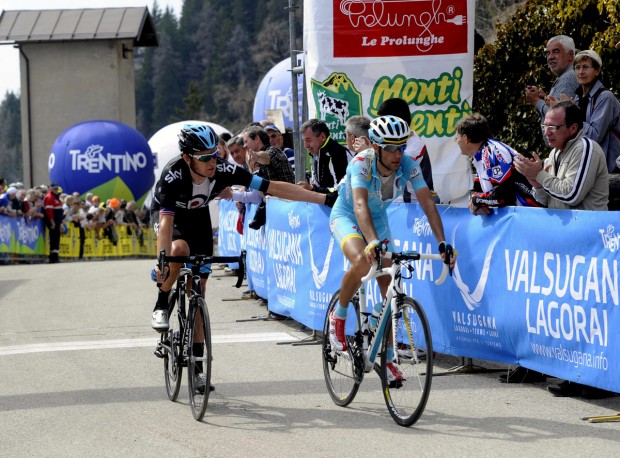
Vincenzo Nibali (Astana)
If Wiggins has found wins hard to come by in 2013, there’s been no shortage of success for Vincenzo Nibali. The Italian is an attacking rider, capable of dropping his rivals on steep slopes – uphill and downhill – and proved as much at Tirreno-Adriatico, where a fearless display on the stage to Sega di Ala saw the 28-year-old leapfrog Chris Froome to setup overall victory.
Nibali will rarely get a better opportunity to win his home Grand Tour and goes into the race in fine form having won the Giro del Trentino. While Wiggins continues to fuel the fire surrounding Team Sky’s leadership at the Tour de France, Nibali has made the Giro d’Italia his absolute priority in 2013 and is unlikely to ride in July.
Nibali will inevitably lose a significant chunk of time to Wiggins on the stage eight individual time trial but the final week, which includes back-to-back summit finishes in the Dolomites, will provide the stage for the Astana leader to fight back. Nibali failed to put Wiggins into significant difficulty at the 2012 Tour de France but the steep and variable gradients of Italy’s climbs are a very different battleground, and the addition of time bonuses bonuses (20, 12 and eight seconds for first, second and third on all stages except, crucially, the time trials) make the race for the line even more significant. Expect fireworks.
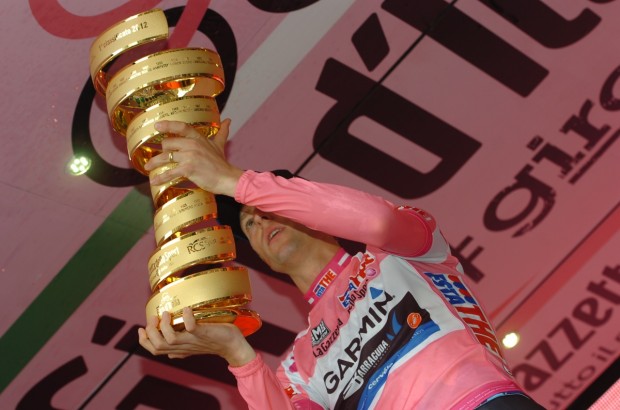
Ryder Hesjedal (Garmin-Sharp)
Ryder Hesjedal goes into the 2013 edition of the Giro d’Italia a marked man having claimed an unexpected victory 12 months ago.
The Canadian has followed a similar early-season formula to 2012, flying low at the Volta a Catalunya and Tour of the Basque Country, before taking on the role of super-domestique to slingshot team-mate Dan Martin to Liege-Bastogne-Liege victory. Hesjedal then withdrew from the Tour de Romandie on stage three in order to fine-tune his Giro preparation.
He rode an intelligent race to win his first Grand Tour and, while he will not be given the freedom he had last year, the 32-year-old will need to ride with similar intelligence if he is to unsettle Wiggins and Nibali. While a strong rider against the clock, the 32-year-old is no Wiggins, nor is he able to match Nibali’s explosive accelerations – but never write off the defending champion.
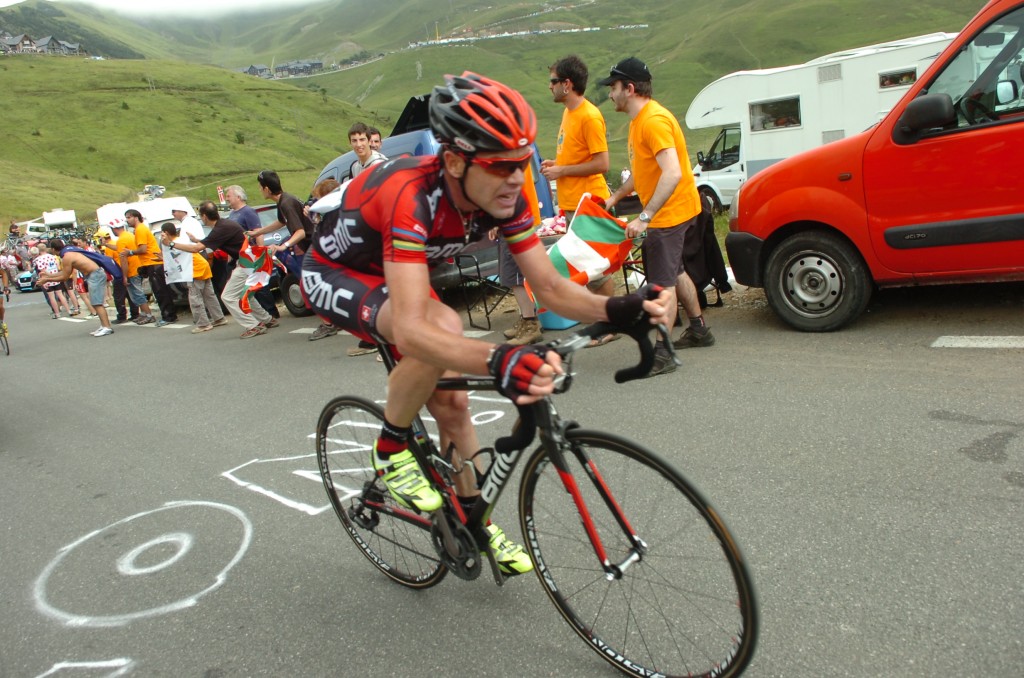
Cadel Evans (BMC Racing)
Cadel Evans became the oldest post-war winner of the Tour de France when he claimed cycling’s biggest prize as a 34-year-old in 2011 and, if he were to win the Giro d’Italia, would become the oldest ever champion.
Evans’ Tour triumph followed years of near-misses, having finished second in both 2007 and 2008, and third at the 2009 Vuelta, but the veteran, a consistent performer against the clock and in the mountains, has failed to reach such giddy heights since.
The Australian’s 2012 season was disrupted by illness but, in reality, 2013 has seen little improvement. A third place finish in his first race of the season, the Tour of Oman, gave hope that Evans was ready to return to his best but unspectacular finishes followed at Tirreno-Adriatico (22nd) and Criterium International (51st).
An eighth-place finish at the Giro del Trentino showed signs of improvement and while Evans will need a remarkable upturn in form is he is to challenge for anything other than a podium place, his status as an outsider may mean his rivals allow him more breathing space.
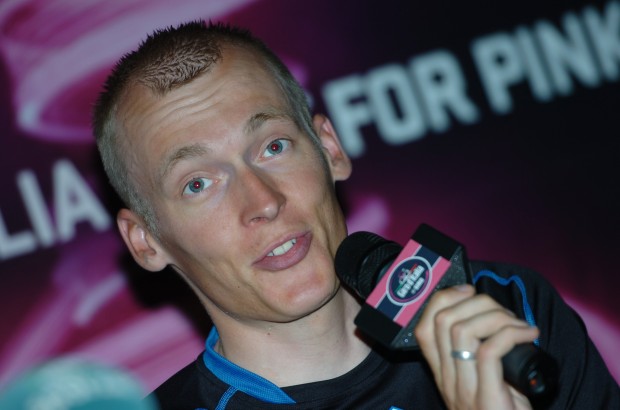
Robert Gesink (Blanco Pro Cycling)
On paper, Robert Gesink has the credentials to be a podium contender, with a fifth-place finish at the 2010 Tour de France and stage race victories at the Tour of Oman (2011) and Tour of California (2012) to his name. First the Dutch rider will need a slice of luck having been beset by crashes and illness in recent years.
Like most, Gesink will lose time to Wiggins against the clock but he is a fine climber. Gesink’s best result so far this season is a sixth place finish at the Volta a Catalunya, after which he completed a high altitude training camp in Tenerife. The 26-year-old returned to racing at the Tour de Romandie and goes into his first Giro with a top five finish as his aim.

Samuel Sanchez (Euskaltel-Euskadi)
Samuel Sanchez is one of the most consistent performers in the peloton, having registered seven Grand Tour top ten finishes (three in the Tour de France, four in the Vuelta a Espana). The Spaniard has only raced the Giro once, however, finishing 17th back in 2005.
Sanchez crashed out of the 2012 Tour de France and will miss this year’s race, instead focussing on stages wins and, if the stars align, a podium finish at the Giro to complete the Grand Tour hat-rick, having third in the Tour in 2010, and third and second at the Vuelta in 2007 and 2009 respectively.

Michele Scarponi (Lampre-Merida)
Scarponi ‘won’ the 2011 edition of the Giro d’Italia after Alberto Contador was handed a backdated doping ban but the Italian has also courted controversy and was banned for three months during the off-season after admitting to working with disgraced doctor Michele Ferrari.
Having also been withheld from racing by his team early in the season, Scarponi returned to the fold in early February. Results have been promising, with third at the Volta a Catalunya and fifth at Liege-Bastogne-Liege but age is against the 33-year-old, who will also lose more time than most in the time trial.
Who will lead your RoadCyclingUK Fantasy Giro d’Italia team? Pick your dream line-up and you could win a Team Carbon bike worth £1,500: www.rcukgiro.fantasyleague.com

